Service hotline
+86 0755-83975897
 en
en Release date:2025-02-19Author source:KinghelmViews:1472
Like passive components, active components used in RF circuits share many characteristics with those typically found in low-frequency analog systems. Different semiconductor technologies are often employed to ensure that RF components maintain adequate performance at very high frequencies.
1. Amplifiers
Built around operational amplifiers as a core component, they are extremely common in both low-frequency and high-frequency analog designs. In RF systems, amplifiers primarily come in two basic types: power amplifiers and low-noise amplifiers.
The signal received by the antenna can be very weak and submerged in noise. LNAs are designed to provide high voltage gain while generating minimal noise.
The noise performance of an LNA is quantified by its NF, which corresponds to the decrease in SNR caused by the amplifier (measured in dB). Thus, an ideal amplifier would have an NF of 0 dB, and as noise performance worsens, NF increases.
Mixers allow signals to be shifted to higher or lower frequencies in a way that preserves signal detail.
A PLL is actually a collection of subsystem components, including at least a phase detector, low-pass filter, VCO, and frequency divider. These components allow generation of multiple output frequencies from a single input frequency.
Combining a PLL with a high-precision TCXO allows a system to convert a highly accurate but fixed reference frequency into one capable of producing a high-precision and variable output frequency. When an oscillator is used in conjunction with a PLL, it is referred to as a synthesizer, capable of generating a range of frequencies.
ADCs and DACs enable RF systems to benefit from the exceptional capabilities offered by digital signal processing technology and the general flexibility and convenience offered by software-based solutions.
SDS refers to wireless communication systems that rely on software to implement important parts of the RF signal chain.
The three alternative materials used in RF semiconductors are GaN, GaAs, and SiGe. specialized semiconductor technologies have made it possible to create devices that can maintain adequate performance at very high frequencies (i.e., above 100 GHz).
As in low-frequency devices, the basic active components in RF integrated circuits are transistors. However, until now, we have used the term "component" to refer to devices that may consist of many transistors. Practical RF engineering focuses on combining these components into functional circuits and then dealing with the resulting complexities.
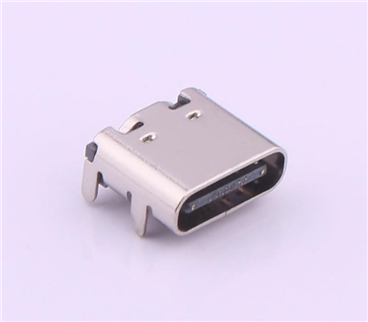
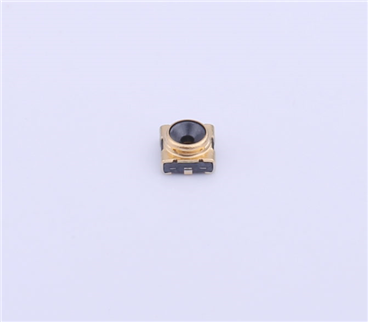
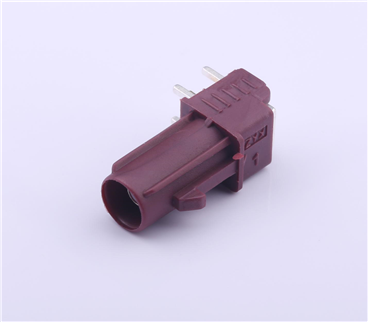
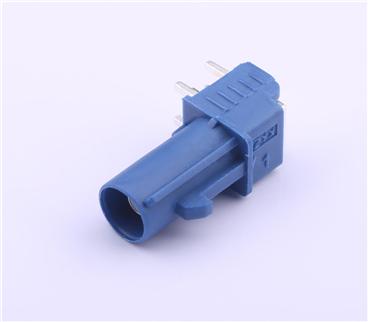
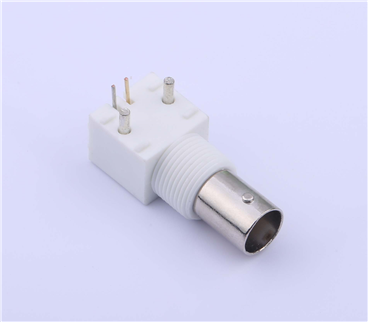
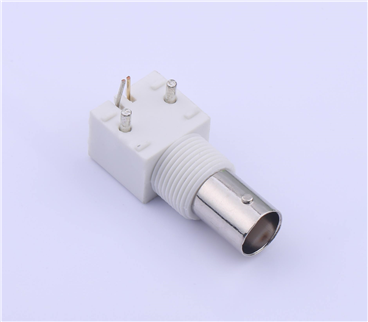
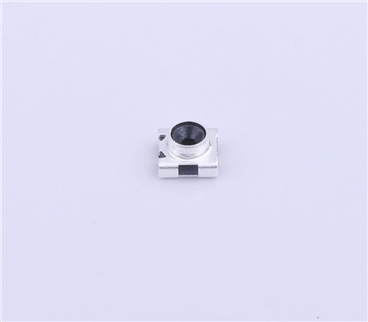
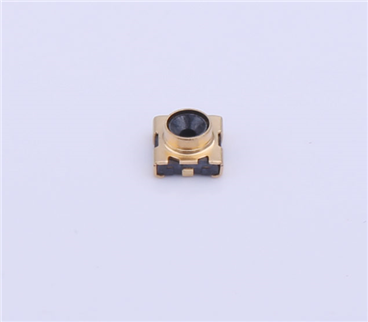
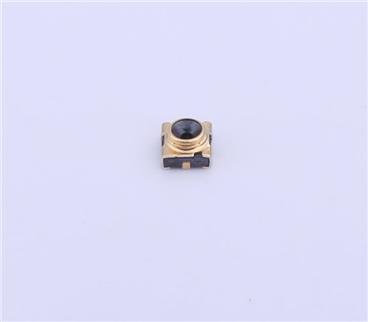
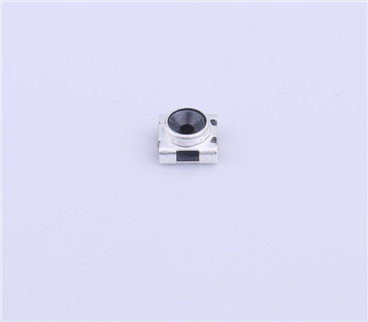
Copyright © Shenzhen Kinghelm Electronics Co., Ltd. all rights reservedYue ICP Bei No. 17113853
